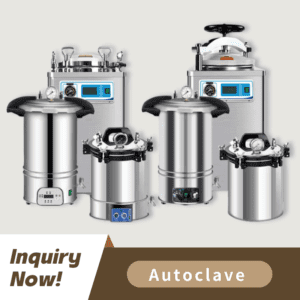
Dental offices encounter difficulties when they choose the appropriate sterilization machine as well as when they install and maintain it properly. This complete guide examines various sterilization machines while demonstrating setup procedures and providing essential maintenance instructions for efficient operation.
Medical equipment distributors along with dealers and procurement professionals will discover essential information about dental office sterilization machines through this guide.
Dental offices require sterilization machines to maintain safe operating conditions.
Sterilization machines destroy bacteria, viruses and spores so dental instruments become safe for reuse.
Health authorities establish strict sterilization protocols which dental offices are required to enforce. Sterilization machines enable clinics to follow health regulations and prevent legal or financial consequences.
Patients feel safe and develop greater trust in their dental clinic when they experience a sterile environment which leads to enhanced satisfaction with the services provided.
The high volume of instruments in busy clinics creates significant challenges for managing sterilization processes.
Different sterilization methods damage some instruments while others remain compatible which necessitates the use of several types of sterilization machines.
Sterilization machines need consistent maintenance to maintain efficiency and extend their operational life.
Different dental clinics select sterilization machines based on the specific requirements of their instruments.
Dental offices most frequently utilize autoclaves as their primary sterilization machines. High-pressure steam sterilization processes eliminate microorganisms effectively from dental instruments.
Highly effective for most dental instruments.
Fast sterilization cycles (15–30 minutes).
These devices effectively sterilize dental instruments with intricate designs and internal cavities.
Not ideal for moisture-sensitive instruments.
Requires distilled water and regular maintenance.
Instruments are sterilized by chemical sterilizers through the use of chemical solutions including glutaraldehyde and hydrogen peroxide.
Suitable for heat-sensitive instruments.
Chemical sterilizers can process items which would be damaged by steam or dry heat exposure.
Longer sterilization times compared to autoclaves.
Erfordert einen sorgfältigen Umgang mit Chemikalien.
Ultraviolet light emitted from sterilizers eradicates microorganisms present on instruments and equipment surfaces.
Quick and easy to use.
Ideal for surface sterilization and small instruments.
Limited to surface sterilization.
The method shows reduced effectiveness on instruments that possess intricate shapes or internal cavities.
Sterilization machines require proper installation and routine maintenance to maximize effectiveness and lifespan.
Sterilization machines require proper setup and regular maintenance to maintain their effectiveness and durability.
Select a clean area with good airflow and convenient staff access to install the sterilization machine.
Installation instructions from the manufacturer must be followed to guarantee proper sterilization machine setup.
Check that the power supply you use meets the machine’s specifications.
Train staff members in the proper operation of the machine to maintain safety and effectiveness.
Utilizing distilled water helps avoid mineral buildup within the machine. Perform machine cleaning regularly to eliminate any deposits.
Loading the machine properly and arranging instruments effectively will allow steam or heat to penetrate for successful sterilization cycles.
Sterilized instruments require thorough rinsing to eliminate chemical residues.
Maintain UV light effectiveness by replacing lamps at regular intervals.
Regularly check all components such as gaskets, filters, and heating elements as part of maintenance protocol.
Maintain an up-to-date maintenance record to monitor cleaning routines and repair activities.
Arrange professional maintenance checks every year to guarantee equipment maintains peak performance.
A sterilization machine is a vital investment for any dental office, ensuring patient safety, compliance with health regulations, and operational efficiency. By understanding the types of sterilization machines available and following proper setup and maintenance practices, dental clinics can create a safe and hygienic environment for both patients and staff.
For more information on dental sterilization equipment, explore these related articles:
If you’re looking for reliable sterilization machines, Keling Medizinisch offers a wide range of high-quality solutions tailored to the needs of dental offices.
Autoclaves (steam sterilizers) are the most commonly used sterilization machines in dental offices due to their efficiency and versatility.
Most instruments can be sterilized in an autoclave, but moisture-sensitive items may require chemical or dry heat sterilization.
Sterilization machines should be cleaned and inspected regularly, with professional servicing recommended at least once a year.
Steam sterilizers use high-pressure steam to kill microorganisms, while chemical sterilizers use chemical solutions to achieve sterilization, making them suitable for heat-sensitive instruments.
You can explore a variety of sterilization machines on Keling Medical’s website.
For more information or to inquire about our products, contact us:
E-Mail: inquiry@shkeling.com
WhatsApp: Zum Chatten klicken
Website: https://autoclaveequipment.com/

Die Sterilisation ist ein wesentliches Element der Infektionskontrolle sowohl in Gesundheitseinrichtungen als auch in Laborumgebungen. Die Sterilisation im Autoklaven durch Dampf erweist sich bei vielen Anwendungen als effektiv, aber suboptimal bei
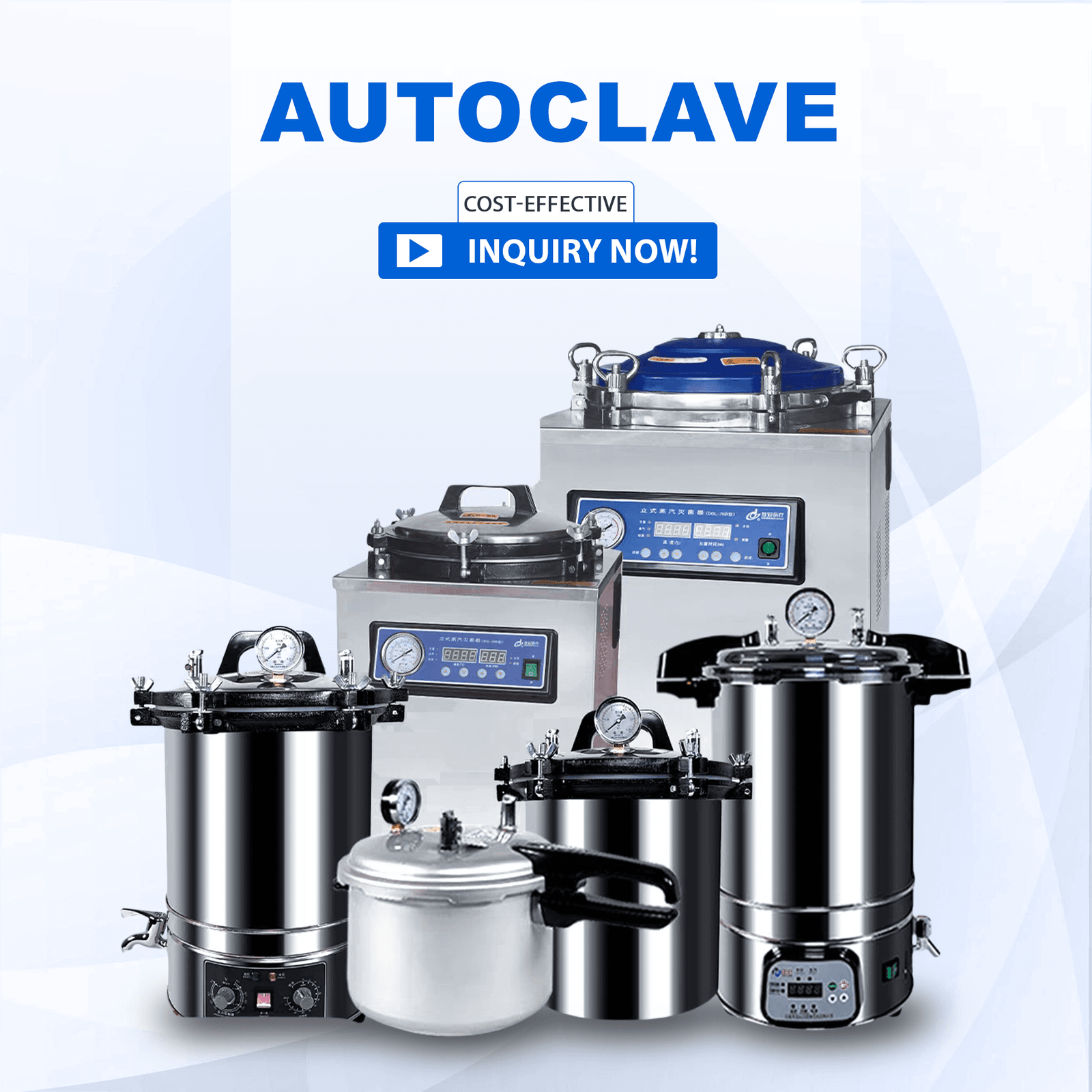
Medizinisches Fachpersonal auf der ganzen Welt vertraut auf Autoklaven als unverzichtbare Instrumente zur Gewährleistung der Sicherheit und Sterilität von medizinischen Instrumenten. Händler von Medizinprodukten und Beschaffungsspezialisten müssen die Prinzipien und Vorteile von Autoklaven verstehen

Die Fortschritte im Gesundheitswesen machen es unabdingbar, dass medizinische Instrumente jederzeit sicher und steril bleiben. Vertriebsunternehmen, Händler und Beschaffungsexperten für medizinische Geräte müssen die Sterilisationsmethoden kennen, um effektiv arbeiten zu können. Die Website
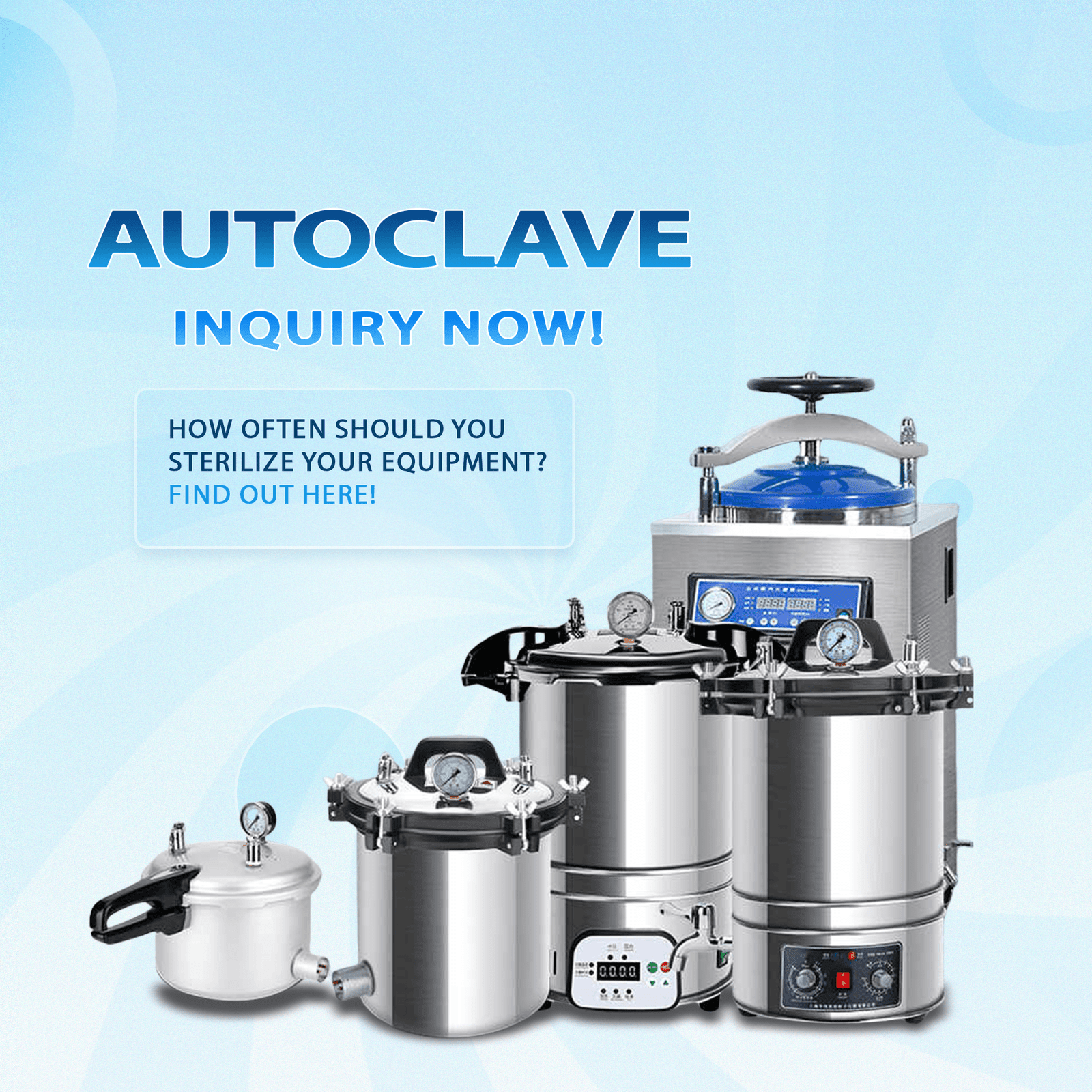
Für die Sterilisation von medizinischen Geräten und Instrumenten sind Autoklaven erforderlich, da sie die Sicherheit der Patienten schützen und die Einhaltung der gesetzlichen Vorschriften erleichtern. Auch die ausgefeiltesten Autoklavensysteme unterliegen gewissen Einschränkungen. Vertreiber von Medizinprodukten,
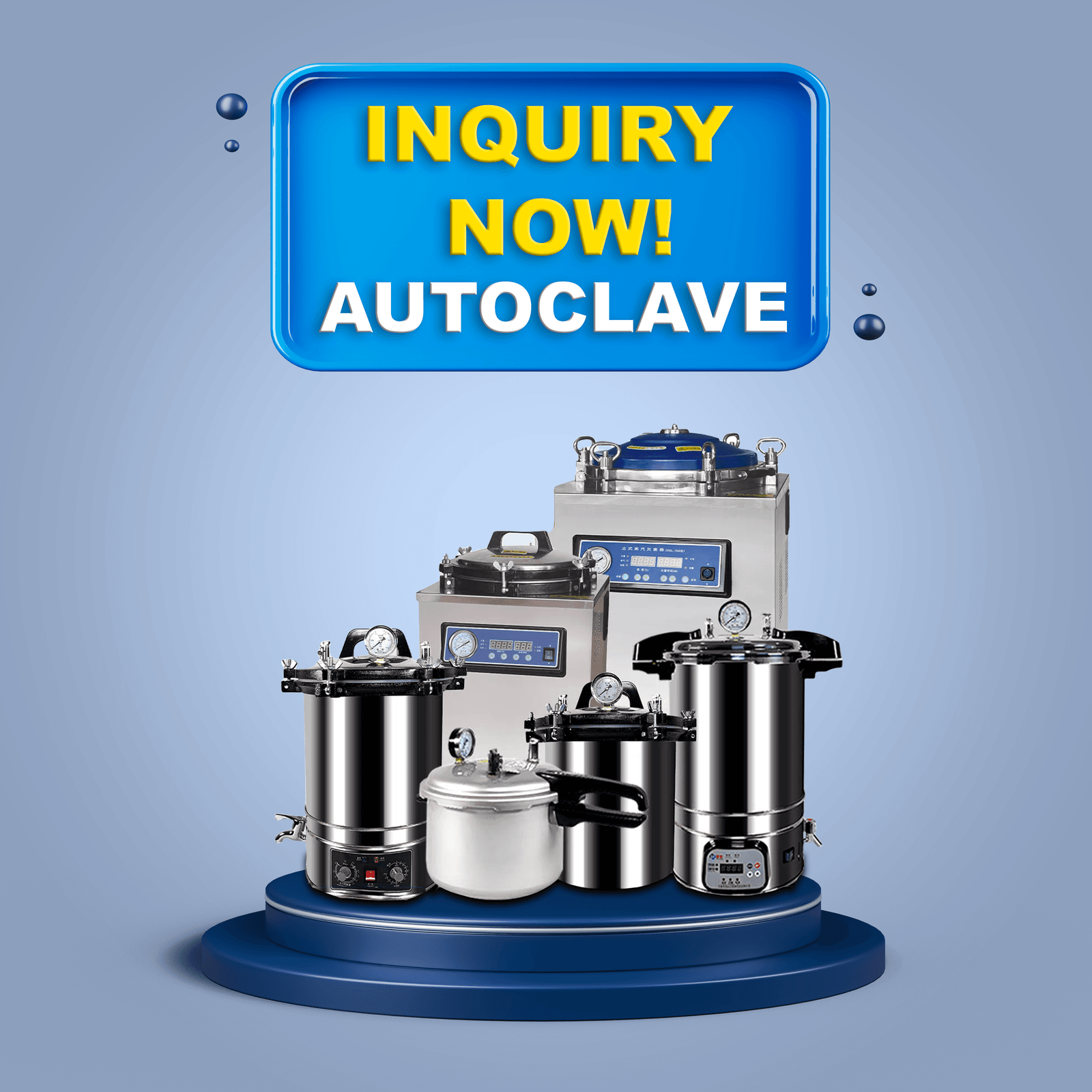
In der Herstellung von Medizinprodukten sind Autoklaven unverzichtbar, da sie eine gleichmäßige Sterilisation verschiedener Instrumente und Materialien gewährleisten. Autoklaven nutzen gesättigten Hochdruckdampf zur Ausrottung von Bakterien, Viren, Pilzen und
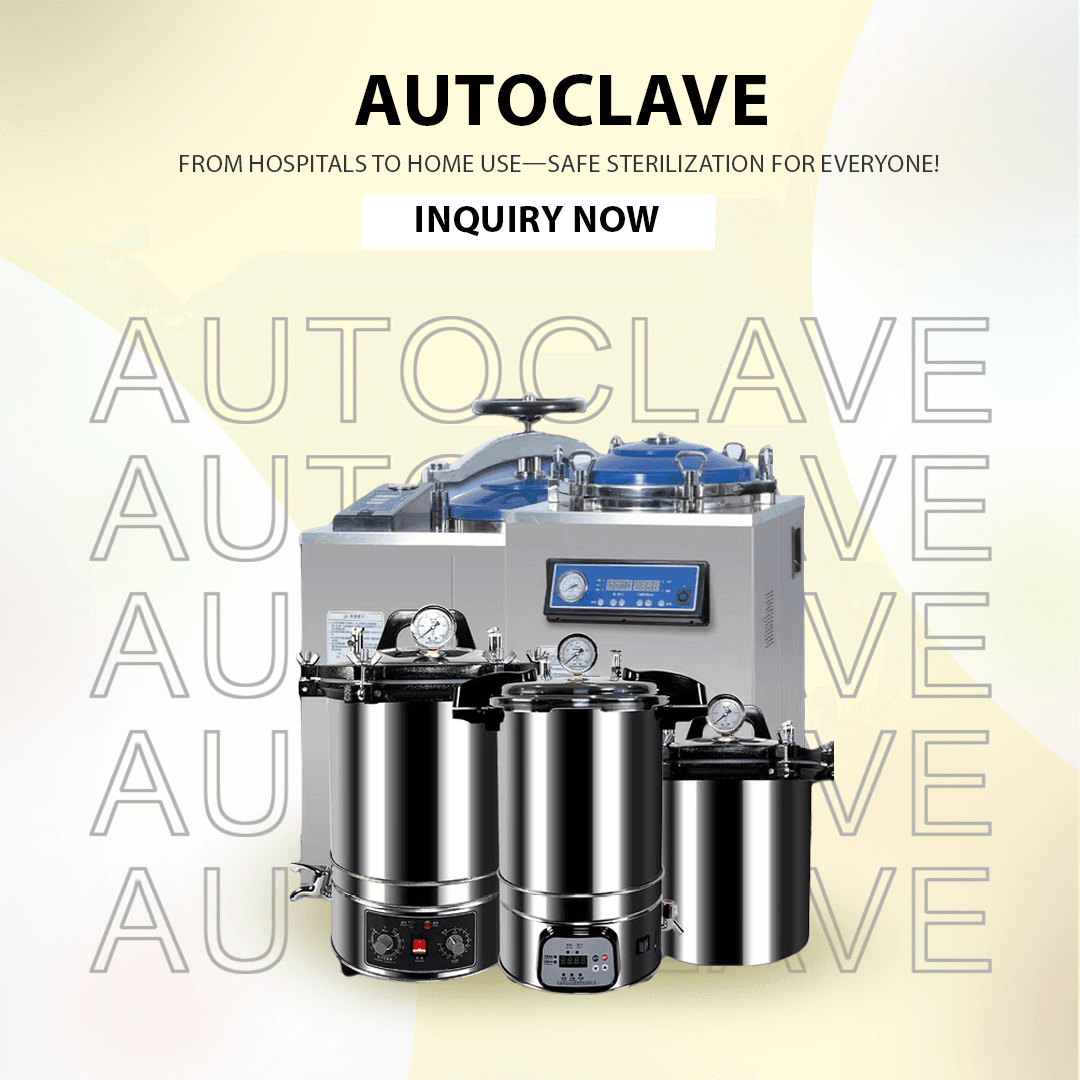
Autoklaven sind wichtige Geräte im Gesundheitswesen und in der Wissenschaft, da sie Instrumente und Materialien konsequent sterilisieren. Vertreiber von medizinischen Geräten sowie Händler und Beschaffungsexperten müssen dafür sorgen, dass Autoklaven funktionieren